Several years ago, I was drawn to the Boundary Creek put-in on the Middle Fork of the Salmon River—it’s the launching point for the greatest backcountry float trip in the Lower 48. From there, over the course of several days, boaters, anglers and adventurers of all ilk can literally escape today’s manic realities and enjoy some of the finest floating and fishing left on the planet.
But I wasn’t there to float the Middle Fork through the fabled Frank Church River of No Return Wilderness. Instead, I was there with a 3-weight fly rod and a box of attractor patterns in search of native west slope cutthroat trout and redband trout, a subspecies of rainbow trout that chooses to stay home in the mountains rather than run to the sea as one of Idaho’s famous B-run steelhead.
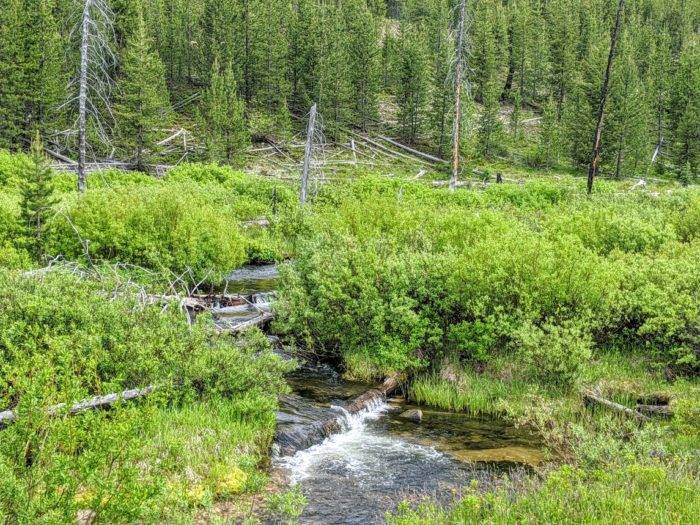
Boundary Creek is a tiny little stream, and as such, it sees very few anglers. And, honestly, its fish aren’t terribly impressive, at least when measured by their size. But it’s one of the more distant small streams a venturing fly angler can get to without having to hike for miles (and I do my share of that, too), and if you really want to get in touch with the wild, holding a 10-inch native cutthroat in your hands is a pretty impressive way to do it.
As the name might indicate, Boundary Creek flows into the Middle Fork as it marks the boundary between public lands managed by the U.S. Forest Service and the actual “Frank” wilderness, which is also public and also managed largely by the Forest Service (parts of it are managed by the Bureau of Land Management), but under a much more strident set of rules. A lot of folks perceive designated wilderness areas to be restrictive, but, save for some inconveniences (no motors are allowed, for instance, so you’ll have to leave your chainsaw and your ATV at home), wilderness areas are fully accessible to anyone with the will and the means to venture off the beaten path.
And, not surprisingly, these designated wilderness areas offer some of the best backcountry trout fishing in the country. If you have a good set of hiking boots, day-trip wilderness adventures are totally doable in Idaho. If you have a stronger back and a real eye for adventure, a multi-day wilderness area backpacking trip, complete with remote fishing in mountain lakes and streams, can become the experience of a lifetime.
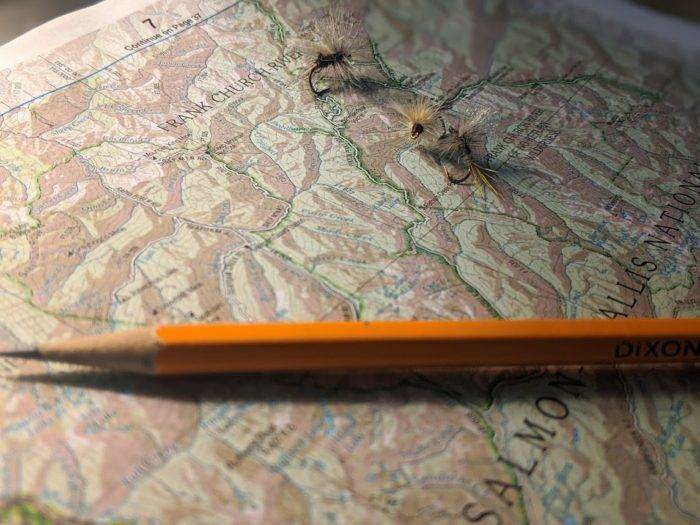
In all, Idaho boasts some 4.8 million acres of designated wilderness—that’s about nine percent of Idaho’s total land mass. And, for anglers who like to wander, that means opportunity abounds.
And that’s what brought me to Boundary Creek. I started the day off in Idaho Falls, some 200 miles to the southeast of this spot. Just after lunch, I’d parked the truck and bushwhacked into the lower reaches of Boundary Creek, where the fish were plentiful and willing, and where being alone in the wild was the accomplished goal. That’s what wilderness is, after all—a place where we touch the wild.
As the storied conservationist Aldo Leopold once wrote, “There are some who can live without wild things and some who cannot.” I cannot. I take great comfort—and great pride—in living in Idaho, where wild things and wild places still abound. It’s what brought me here more than two decades ago, and now, into my 50s, I still find solace in Idaho’s wild places, and nothing pleases me more than knowing my children will always have Idaho to explore.
To quote Leopold one more time, “I am glad I will not be young in a future without wilderness.”
If you’re in Idaho and you want to cast a fly over wilderness trout, you have lots of options. Here are just a few:
The Frank Church River of No Return Wilderness
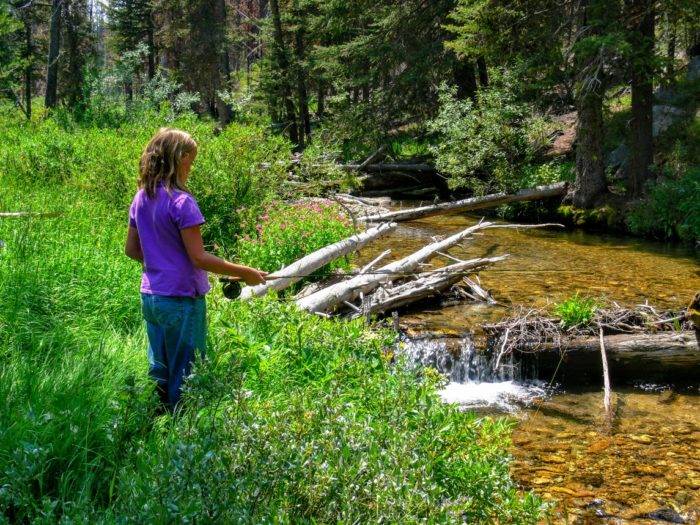
The “Frank” is the largest and easily the most famous wilderness in the state, largely thanks to that amazing river trip I mentioned above. But fishing the Frank doesn’t necessarily mean you have to leave civilization for days at a time. Like I mentioned, Boundary Creek is a great place to access the Frank without having to wander for hours to do it, and the fishing is quite good.
Another good spot close to Boundary Creek is Bear Valley Creek, which is a bit south of the Boundary Creek put-in, and best accessed from either Dagger Creek Road or Bear Valley Road. Bear Valley Road runs basically along the southern border of the Frank, and runs from just west of Stanley, through the heart of Idaho, and, after connecting to a few other roads, can take a motorist with a sturdy vehicle all the way to Cascade. Along Bear Valley Road, anglers can access some really great backcountry fishing, from Fir Creek west to the South Fork of the Salmon River. Native west slope cutthroat trout, redband trout, bull trout and introduced brook trout can be found in many of these streams.
An increasingly rare sight, come July, is massive chinook salmon that started migrating up the Columbia River in March and April—a tiny percentage of these ocean-going fish end up spawning in the streams of Bear Valley, and if you see this happening, know that you’re witnessing what might be the last of Idaho’s great salmon runs. You can also reach the Frank from Forest Service access roads from the west near the community of Burgdorf and from the southwest near Yellow Pine. Your best friend if you really want to explore the backcountry streams of the Frank? The DeLorme’s Idaho Atlas and Gazetteer.
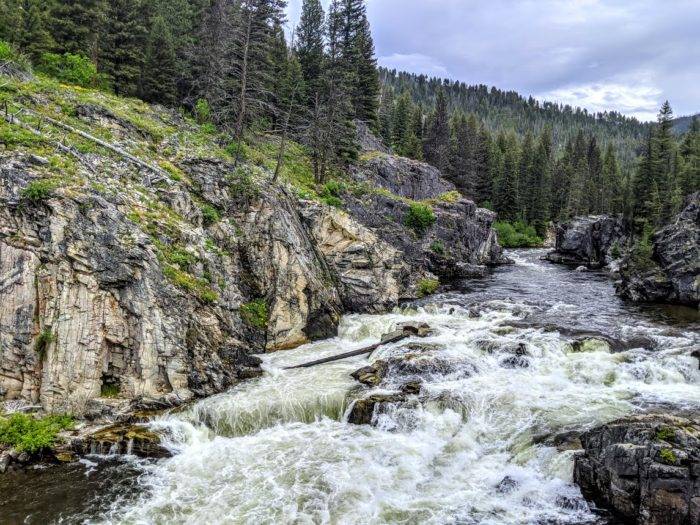
The Selway-Bitterroot Wilderness
This wild stretch of public lands real estate extends across the Bitterroot Mountains into Montana and is home to some truly gorgeous wild country, replete with wild trout in waters that drain into fabled rivers like the Selway, the Lochsa, the Bitterroot and the South Fork of the Clearwater. Within the wilderness, you’ll find great backcountry fishing for west slope cutthroat trout, redbands and native bull trout (note: it’s legal to fish for bull trout in Idaho, but all bull trout must be immediately released). The Selway-Bitterroot is best accessed via trails along U.S. Highway 12 (the Lolo Pass Road), or from the Selway Road (Highway 223), where it ends at the Selway Falls Guard Station. Again, your Atlas and Gazetteer will give you the best ideas when it comes to accessing this amazing place.
The Cecil D. Andrus-White Clouds Wilderness, the Hemingway-Boulders Wilderness and the Jim McClure-Jerry Peak Wilderness
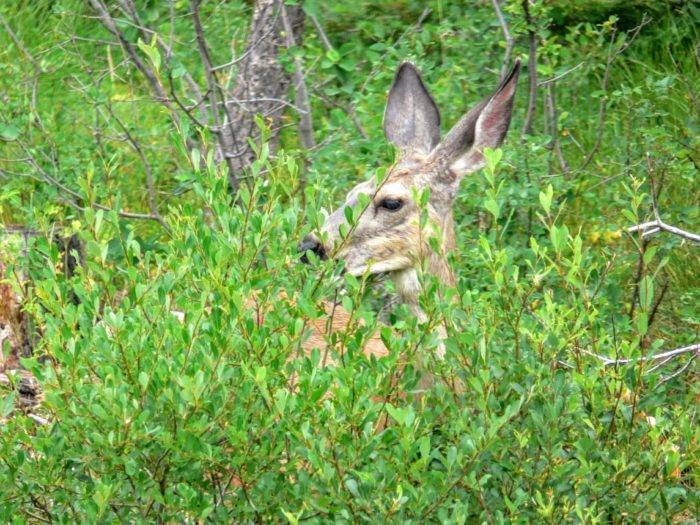
This is Idaho’s newest designated wilderness area complex, including the Cecil D. Andrus-White Clouds, Hemingway-Boulders and Jim McClure-Jerry Peak wilderness areas. It was approved by Congress in August 2015 and named for renowned author Ernest Hemingway, former U.S. Senator Jim McClure and late Idaho statesman Cecil Andrus, who served both as the state’s governor and Secretary of the Interior under President Jimmy Carter. This is unique country, stretching from the upper Salmon River watershed east to include river drainages like the main fork of the Salmon River on the north, the East Fork of the Salmon on the east and the Big Wood and Big Lost rivers on the south and southeast.
Access to the wilderness boundaries is plentiful on State Highway 75 between Ketchum and Stanley and on Highway 75 between Stanley and Clayton. From the east, the wilderness can be accessed from Highway 93 between Mackay and Challis. The small backcountry creeks and streams in this region contain everything from native west slope cutthroats and redbands to bull trout, introduced rainbow trout and brook trout. Consult your atlas for good access points, but a good one to visit is at the Cougar Campground on Forest Service Road 146, which is situated north of Ketchum, just off of State Highway 75.
The Gospel-Hump Wilderness
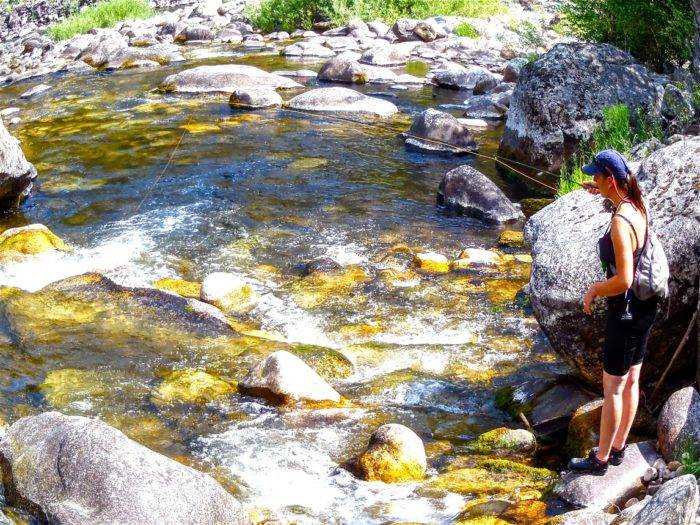
Approved by Congress in 1978 (at the urging of then Secretary of the Interior Cecil Andrus), the Gospel-Hump Wilderness consists of about 200,000 acres. Its southern boundary is the main fork of the Salmon River, and its northern boundary is just a few miles shy of the South Fork of the Clearwater River. The easiest access is likely east of Riggins, where an adventurous angler can drive to the end of the Salmon River Road, cross the river on an old foot bridge and access the Wind River, which is really just a small mountain creek, as it flows into the main Salmon where the historic McMeekin Ranch used to be—there are still grave markers and old fruit trees along the slopes that still bear plums and apples—my kids filled their backpacks with plums one summer several years ago and ate most of them on the road back to Riggins.
To the west, access can be gained at Moore’s Station, but fishing opportunities aren’t too great. The southern third of the Gospel-Hump, though, is replete with tributary streams that run into the Salmon, and Forest Trail 312 crosses several of them before it reaches Sheep Creek, which is another great little fishing stream. Also, this wilderness area offers wild-country access to the Salmon River, where anything from smallmouth bass and west slope cutthroat trout can be caught, with a chance to latch onto some really big bull trout in late summer. The tributaries offer fast-action fly fishing for pan-size redbands. One hint: watch for rattlesnakes. While the Gospel-Hump’s higher elevations are heavily timbered and get a lot of rain and snow, the lower reaches are dry and arid, and provide great habitat for western diamondback rattlers. Wear boots and keep your head on a swivel.
What You’ll Need for Your Wilderness Fishing Adventure:
- Light-weight fly rod—I’d bring along a 3-weight rig, but I might take a 5-weight if I were to try and fish the bigger water in any of the wilderness areas suggested above, particularly the Middle Fork of the Salmon and the main fork of the Salmon. Larger cutthroats and bull trout might be a bit much for a 3-weight setup.
- Pack an assortment of attractor dry flies, nymphs and traditional streamers. For dry-fly fishing, I’d probably start with a size 12 to 14 Adams, and I might not change flies all day. If I’m after bull trout later in the summer, I’d likely start with a black, brown or olive woolly bugger, and I’d have some sculpin patterns and some Slumpbusters in black, orange and yellow on hand. Later in the summer, as things dry out, I’d have a handful of hopper patterns at the ready.
- For a day trip, I’d still pack ample water and likely a snack. Overnighters…well, if you’re going to pack in, you likely already know what you can and should carry for your adventure. I’d load up on sunscreen and bug spray, particularly early in the summer. A small first-aid kit is always a good idea, as is a can of bear spray (there are lots of black bears in Idaho’s backcountry).
- You’ll need a fishing license, and Idaho makes it easy. The Idaho Department of Fish and Game has a great online interface where you can create a free account and, within just a few clicks, have a license on the way to you in the mail.
Idaho has lots of options when it comes to fishing, but none so special as its backcountry rivers, streams and lakes. Yes, it takes a bit more effort to get to some of these out-of-the-way places, but these days, sometimes the farther we are from others, the better. Stay smart and stay safe, and you can enjoy some of the best fishing in the West when you venture into one of Idaho’s breathtaking wilderness areas.
Chris Hunt is the digital editorial director for Trout Unlimited. He lives and works in Idaho Falls and is the author of Fly Fishing Idaho’s Secret Waters, and Catching Yellowstone’s Wild Trout.
Updated on September 05, 2025
Published on July 14, 2020

